PPR (Polypropylene Random Copolymer) fittings are widely known for their durability and versatility in plumbing systems. One of their standout qualities is their ability to withstand low temperatures without compromising their performance or structural integrity. In this article, we will explore how PPR fittings resist low temperatures, their applications in cold environments, and the key benefits that make them an excellent choice for plumbing systems in low-temperature conditions.
Material Properties of PPR Fittings
The unique molecular structure of PPR allows it to perform exceptionally well in low-temperature conditions. The random copolymerization process of polypropylene enhances the flexibility and toughness of the material, preventing it from becoming brittle when exposed to cold environments. This gives them the ability to retain their shape and strength even when temperatures drop significantly.
Unlike metal fittings, which may contract and weaken under low temperatures, they maintain their structural integrity due to their polymer composition. This property ensures that they do not crack or fracture, which is critical for plumbing systems in cold regions where freezing temperatures pose a significant threat.
Flexibility in Cold Conditions
PPR fittings offer a high degree of flexibility, which is essential when dealing with temperature fluctuations. Cold temperatures often cause materials to shrink, but PPR fittings can flex without breaking or losing their seal. This flexibility allows them to absorb stress caused by expansion and contraction of the pipes, ensuring the system remains leak-free. The ability to handle thermal expansion and contraction makes them ideal for outdoor applications, where extreme temperature changes between day and night are common.
In cold climates, the flexible nature of them also allows them to be used in underground installations. Soil temperatures remain lower than surface temperatures in colder regions, but PPR fittings can accommodate the freeze-thaw cycles that underground systems experience. This flexibility helps prevent damage to the plumbing system, reducing the risk of leaks and breaks during cold spells.
Resistance to Brittle Fracture
One of the key challenges faced by materials in low-temperature environments is the risk of brittle fracture. When exposed to freezing temperatures, many materials become brittle and prone to cracking. PPR fittings, however, resist this issue due to their superior low-temperature resistance. Their polymer composition allows them to maintain toughness and ductility even at sub-zero temperatures.
This resistance to brittle fracture gives PPR fittings a significant advantage over traditional materials such as PVC or metal, which may become fragile when exposed to cold conditions. PPR fittings do not easily crack or fail, even under stress from the cold, ensuring reliable performance throughout the lifespan of the plumbing system. This quality makes them particularly well-suited for regions that experience harsh winters or extended periods of freezing weather.
Suitable for Cold Water Applications
PPR fittings excel in cold water systems due to their ability to resist low temperatures. In residential, commercial, and industrial settings, cold water plumbing systems face constant exposure to low temperatures, making the choice of fittings critical for maintaining the system’s performance. PPR fittings ensure that cold water can flow efficiently without freezing or causing damage to the piping network.
In colder climates, the risk of freezing in water supply lines increases, but they help minimize this risk. The fittings can handle the low temperatures of cold water systems while maintaining their flexibility, preventing ice formation in the pipes. This feature proves especially useful in outdoor or unheated areas, such as basements, garages, or storage facilities, where low temperatures could pose a risk to the plumbing system.
Prevention of Pipe Bursting
Pipe bursting is a common issue in regions where temperatures drop below freezing. Water expands as it freezes, exerting pressure on the walls of the pipe and eventually leading to bursting if the pipe material cannot handle the stress. PPR fittings play a crucial role in preventing this issue, as they can tolerate the temperature changes and pressure variations that occur when water freezes.
The flexibility and low-temperature resistance of them allow them to adapt to the expansion of water during freezing conditions. This adaptability minimizes the risk of pipes bursting, which is a costly and damaging event for any property. By choosing them for plumbing systems in cold regions, homeowners and contractors can significantly reduce the likelihood of this problem occurring.
Longevity in Cold Environments
PPR fittings offer long-lasting durability, even when exposed to low temperatures for extended periods. Many plumbing systems must withstand decades of use, and in cold climates, this requirement becomes even more critical. The ability of them to resist freezing and remain functional ensures that they maintain their performance and longevity over time.
This durability translates to fewer maintenance and replacement needs. While other materials may degrade or fail due to repeated exposure to freezing temperatures, PPR fittings continue to function effectively. Their long lifespan helps reduce long-term costs, making them a cost-effective solution for cold-weather plumbing systems.
Applications in Cold Regions
PPR fittings see widespread use in regions that experience harsh winters or colder climates. Whether in residential properties, commercial buildings, or industrial sites, these fittings prove reliable in a variety of low-temperature applications. They are commonly used in outdoor plumbing systems, cold water supply lines, and heating systems that must operate efficiently despite freezing temperatures.
Additionally, they serve an essential role in industries where low temperatures are a constant factor, such as food processing or cold storage facilities. These fittings perform well in refrigeration systems and areas where water needs to be supplied or removed without the risk of freezing or damage to the plumbing infrastructure.
Energy Efficiency and Insulation Properties
In addition to their low-temperature resistance, PPR fittings contribute to energy efficiency in cold climates. Their polymer composition provides natural insulation, which helps maintain the temperature of the water flowing through the system. In cold environments, this insulation property prevents excessive heat loss from hot water systems and helps maintain the temperature of cold water without freezing.
By reducing heat transfer, PPR fittings help keep energy consumption low. This energy efficiency is especially valuable in areas where heating water requires additional energy due to cold temperatures. PPR fittings ensure that the water remains at the desired temperature, reducing the need for energy-intensive heating systems or insulation.
Maintenance and Cost-Effectiveness
In low-temperature environments, PPR fittings require minimal maintenance, further enhancing their cost-effectiveness. They resist scaling, corrosion, and chemical degradation, which can affect other materials under cold conditions. The fittings’ ability to withstand low temperatures without requiring frequent repairs or replacements reduces overall maintenance costs.
Additionally, the installation process for them remains simple and cost-effective, even in cold environments. Fusion welding, a common installation method for PPR fittings, provides a strong and leak-proof connection, ensuring the plumbing system operates efficiently despite temperature fluctuations. This straightforward installation, combined with long-term durability, results in reduced labor costs and fewer disruptions to the system.
Top 5 PPR Fittings Manufacturers
| Company | Headquarter/Location | Founded |
| IFAN | ZhuJi,China | 1993 |
| Pntek | NingBo,China | 2011 |
| Inline Plastics, Inc. | California, America | 1996 |
| K. Jabat, Inc. | New Jersey,America | 1973 |
| Speed Field Services | Texas, America | 1973 |
IFAN International Standard on PPR Fittings
IFAN adheres to a range of international and national standards to ensure the quality and performance of its products. These include the ISO 15874 Series standards and EN 15874 Series standards, which define the requirements for piping systems made of polypropylene (PP). Additionally, IFAN complies with ASTM F2389 for polypropylene pipe fittings, DIN 8077/8078 standards for polypropylene pipes, and the GB/T 18742 Series standards, which apply to piping systems in China. Furthermore, IFAN meets the Brazilian NBR 15884 standards for thermoplastic pipes and fittings used in hot and cold water systems.
Conclusion
PPR fittings stand out for their ability to resist low temperatures, making them an ideal choice for plumbing systems in cold climates. Their flexibility, resistance to brittle fracture, and durability ensure they can handle the challenges posed by freezing temperatures without compromising performance. Whether used in cold water systems, outdoor plumbing installations, or low-temperature industrial applications, PPR fittings provide reliable and long-lasting performance. With their energy-efficient properties, easy installation, and minimal maintenance needs, PPR fittings offer a cost-effective solution for cold-weather plumbing systems.
Connect
IFAN is a Chinese manufacturer of plastic pipes, fittings and valves with 30 years of experience. If you are interest in IFAN copper fittings, copper valves, plastic pipes and fittings, please contact us. IFAN offers you a variety of standard pipes to meet your specific needs. Click below to learn more about IFAN’s wide range of affordable and cost-effective valve products and piping system related products.
We will reply your email or fax within 24 hours.
You can call us at any time if there is any question on our production.
For more information,pls visit our webside https://ifanpro.com/
Pls Mailto: [email protected]
Whatsapp: + 86 19857948982

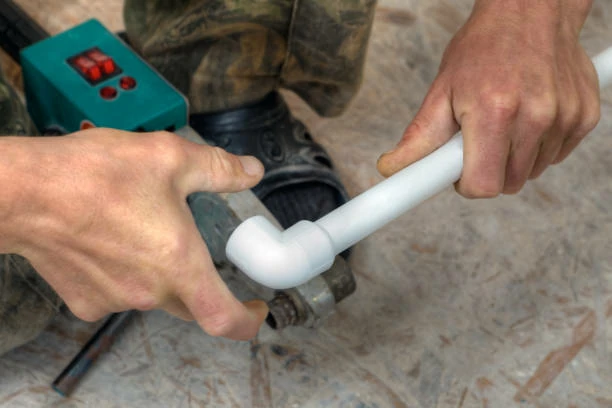
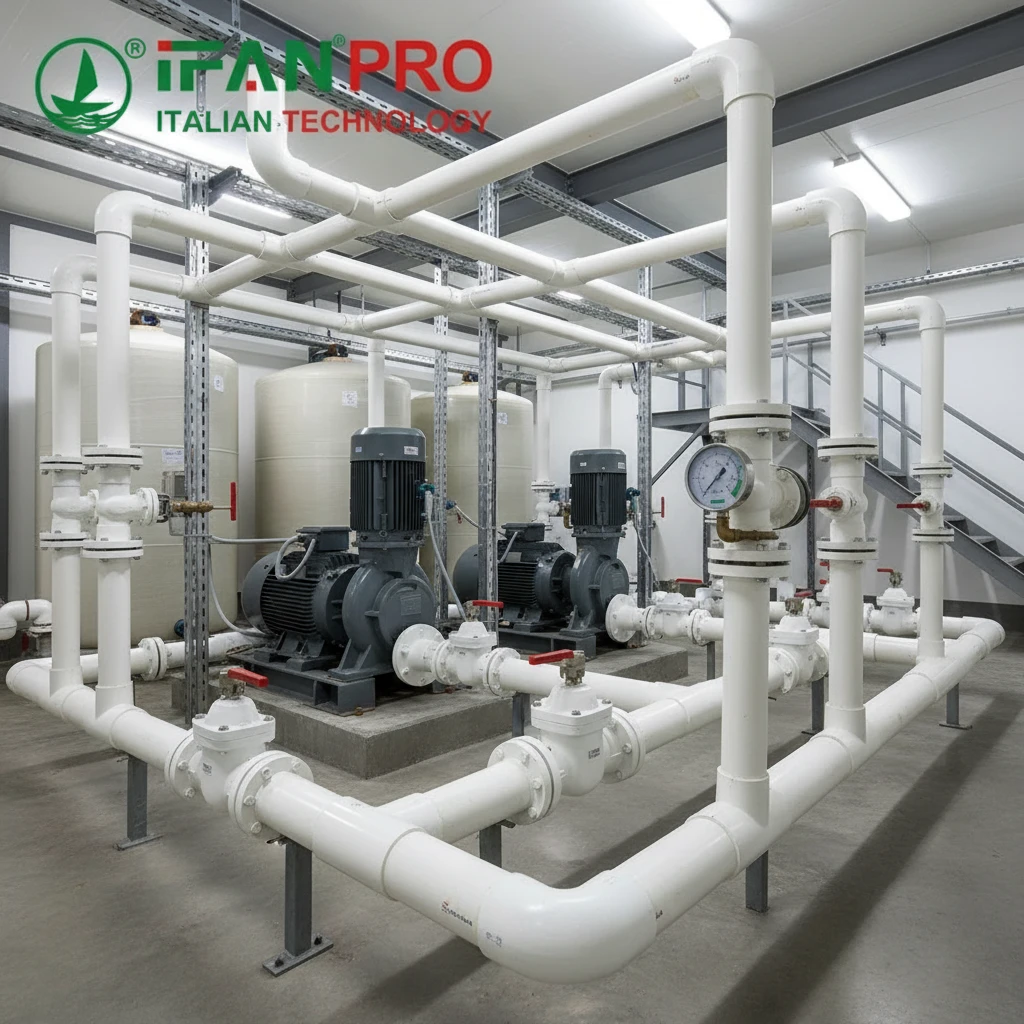
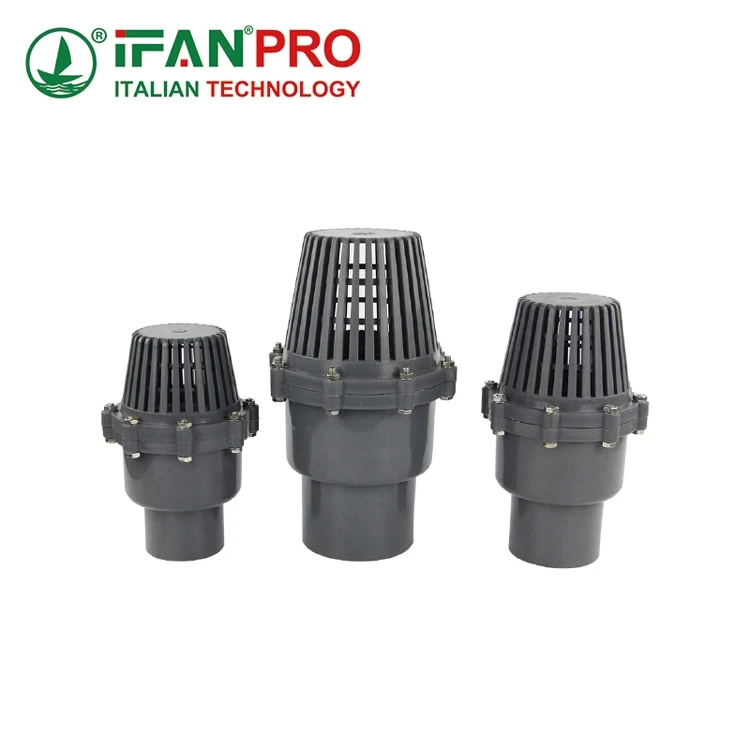
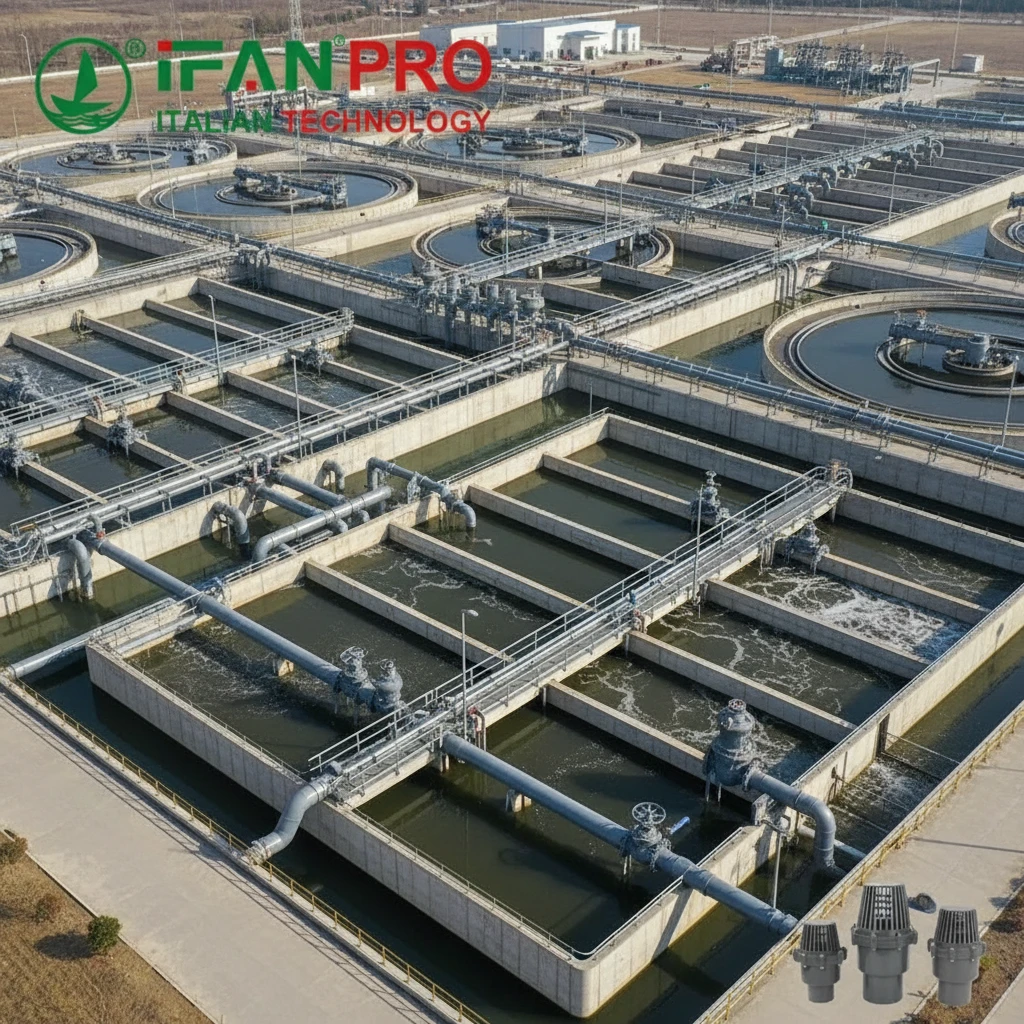
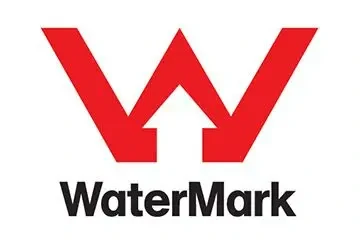

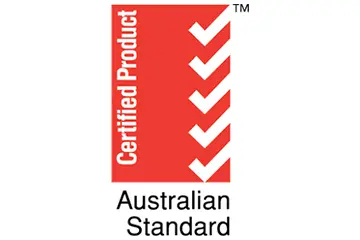
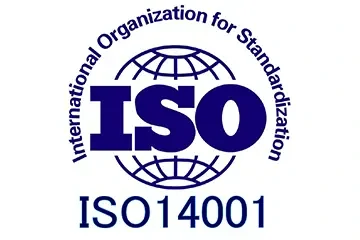



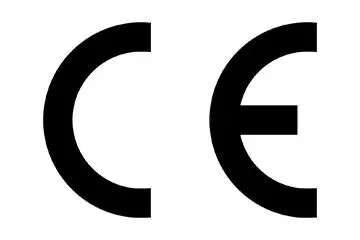
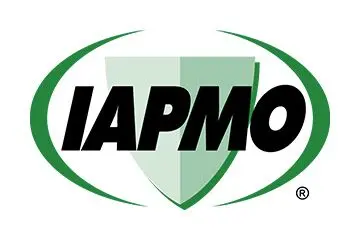
Recent Comments